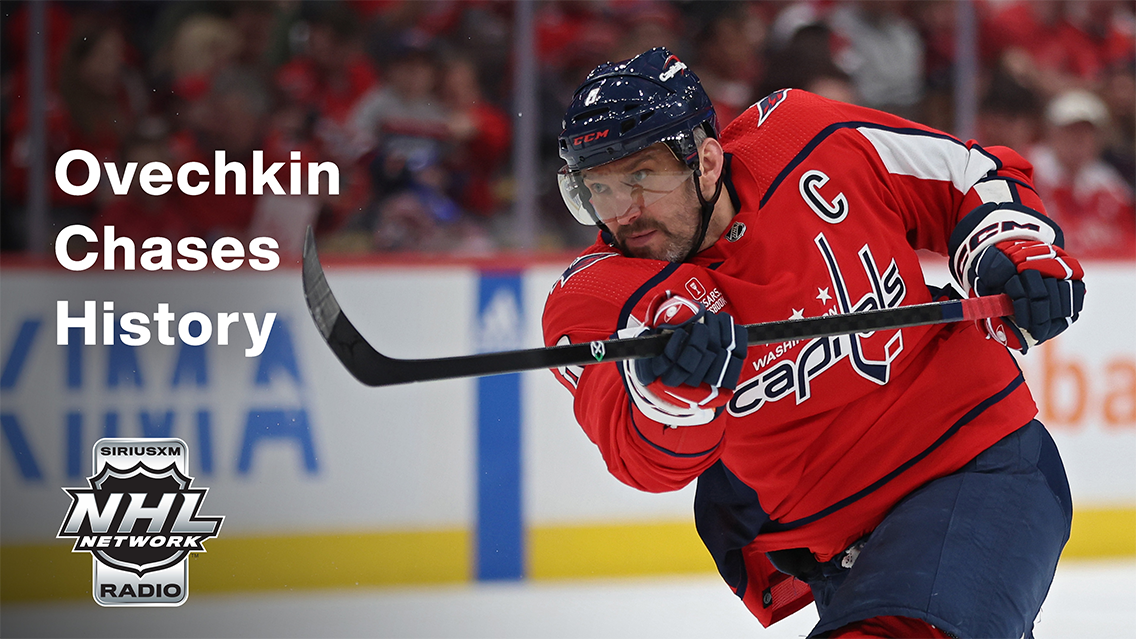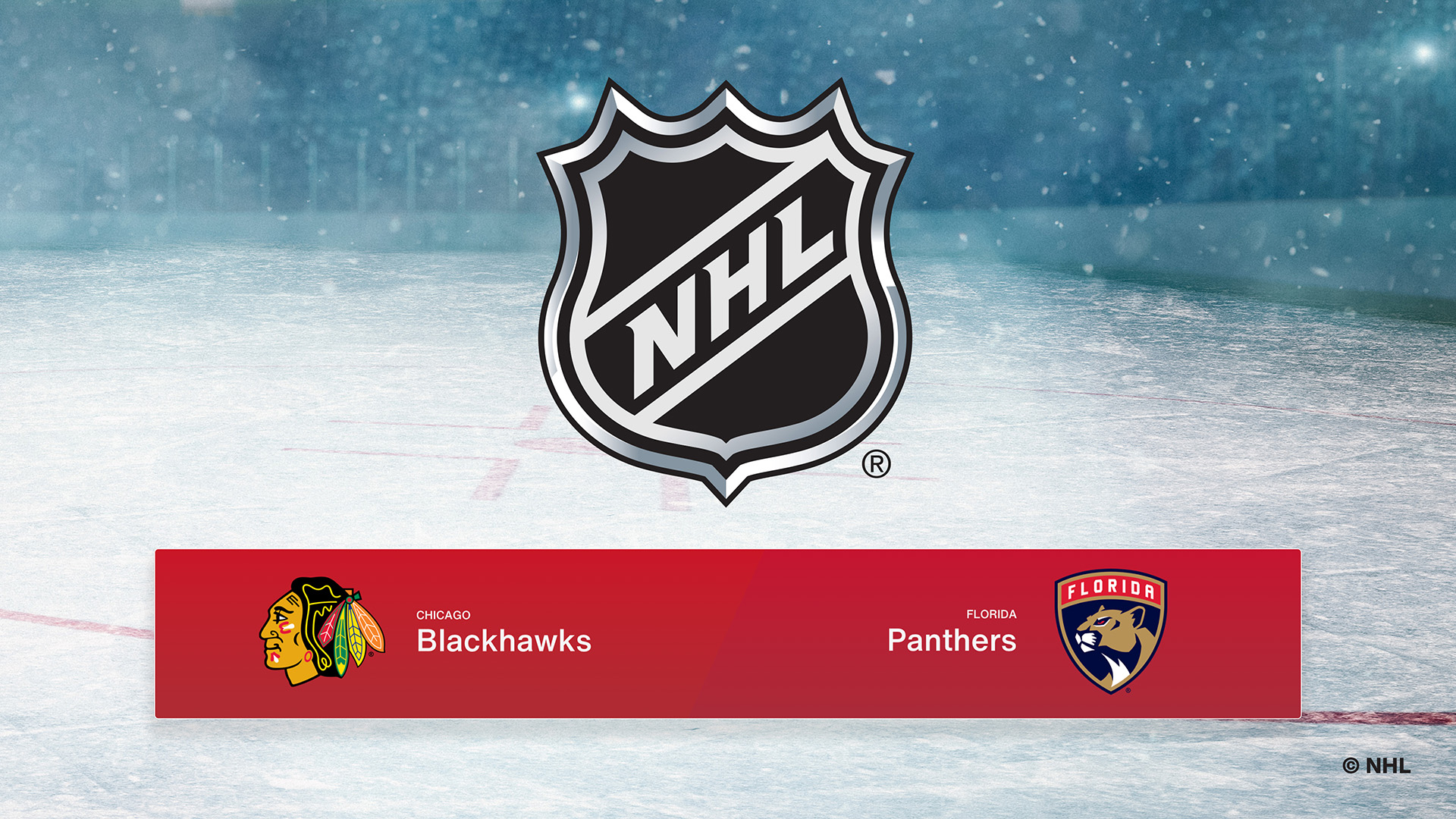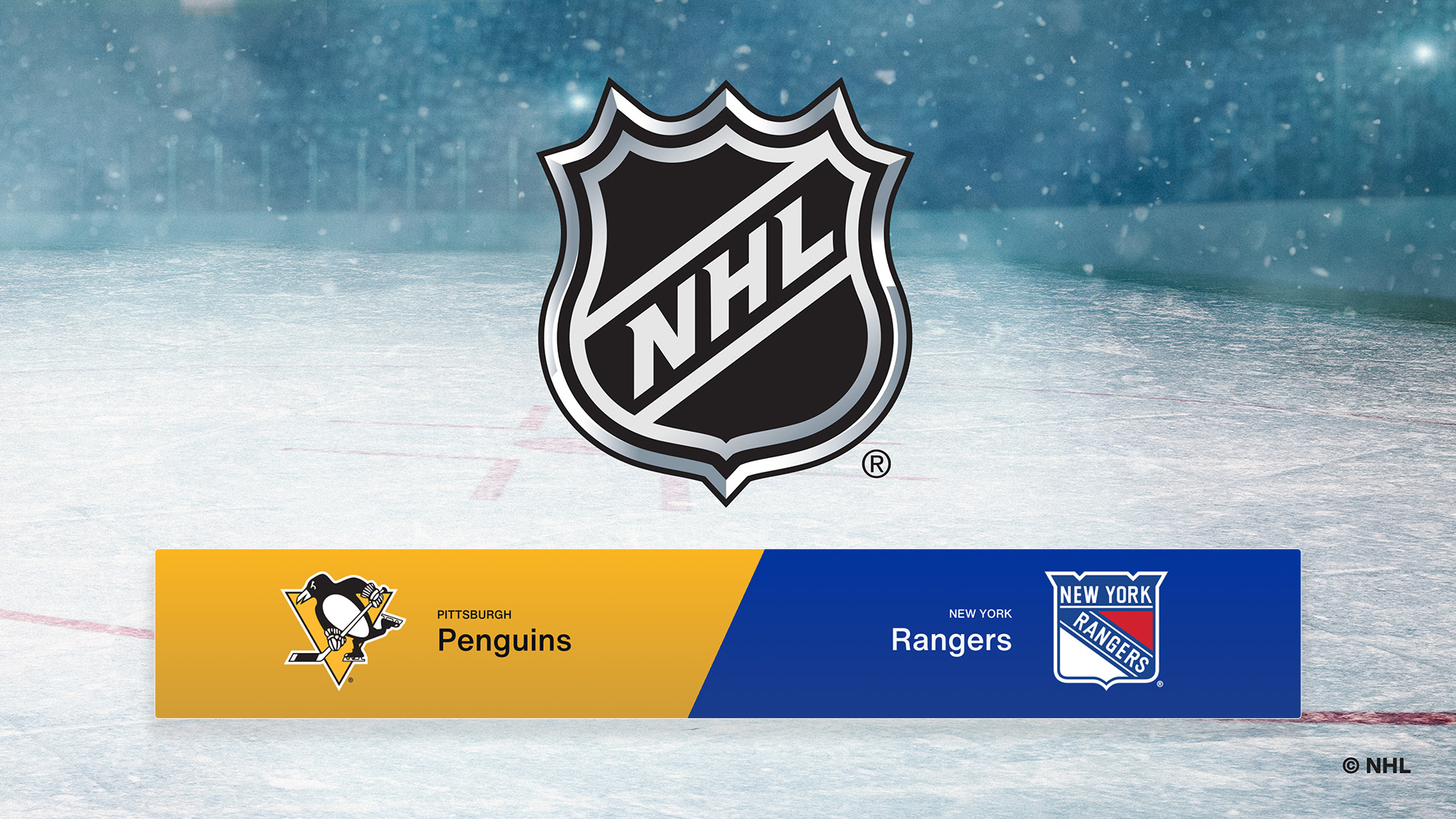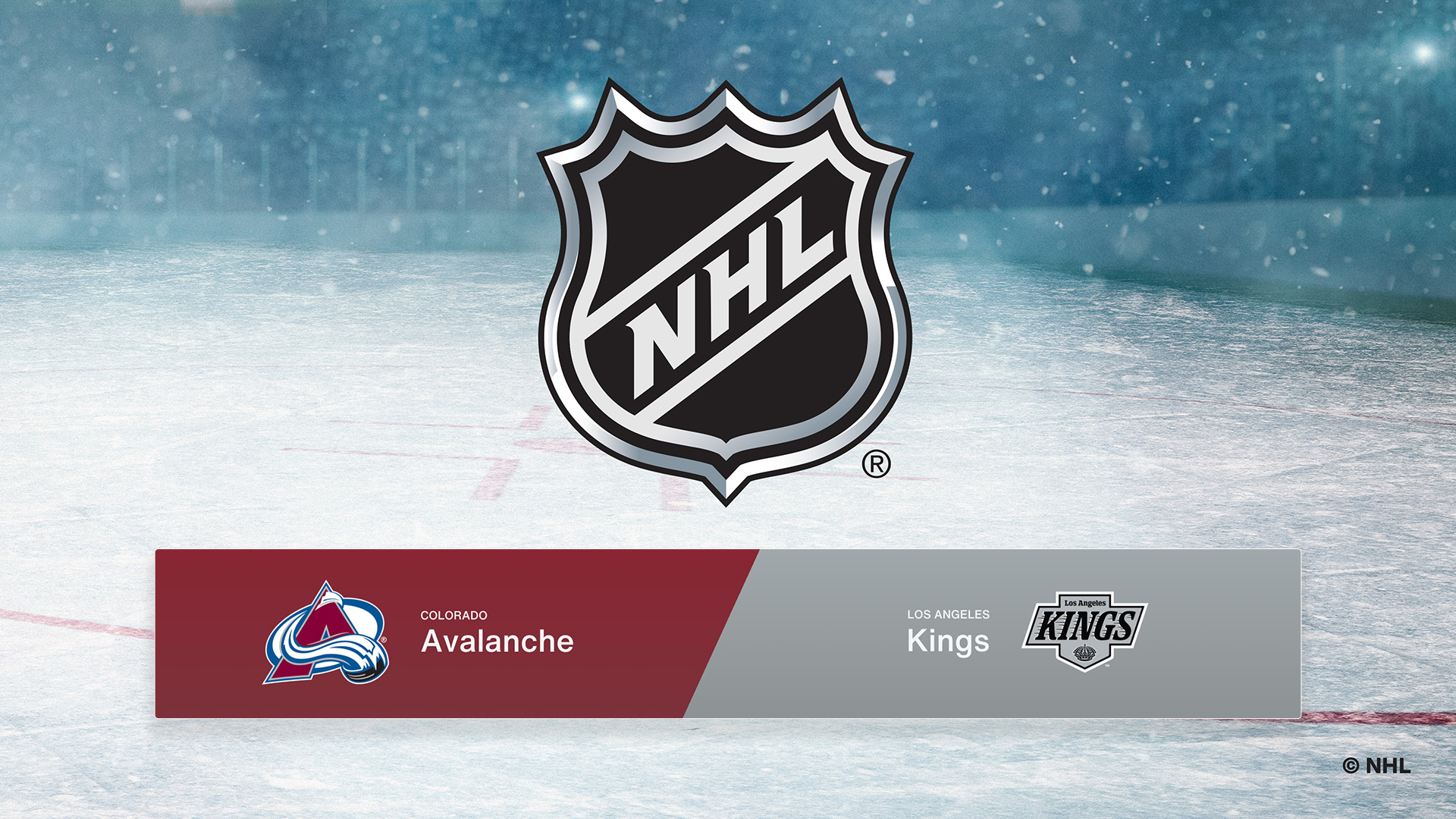SiriusXM NHL Network Radio remembers hockey icon Gordie Howe, 1928-2016
Heroes come and go. The lickety-split social media age we live in turns over heroes (and villains) at an alarming rate. Youngsters roll their eyes when their parents prattle on about the larger-than-life exploits of some forgotten name from the … Continued
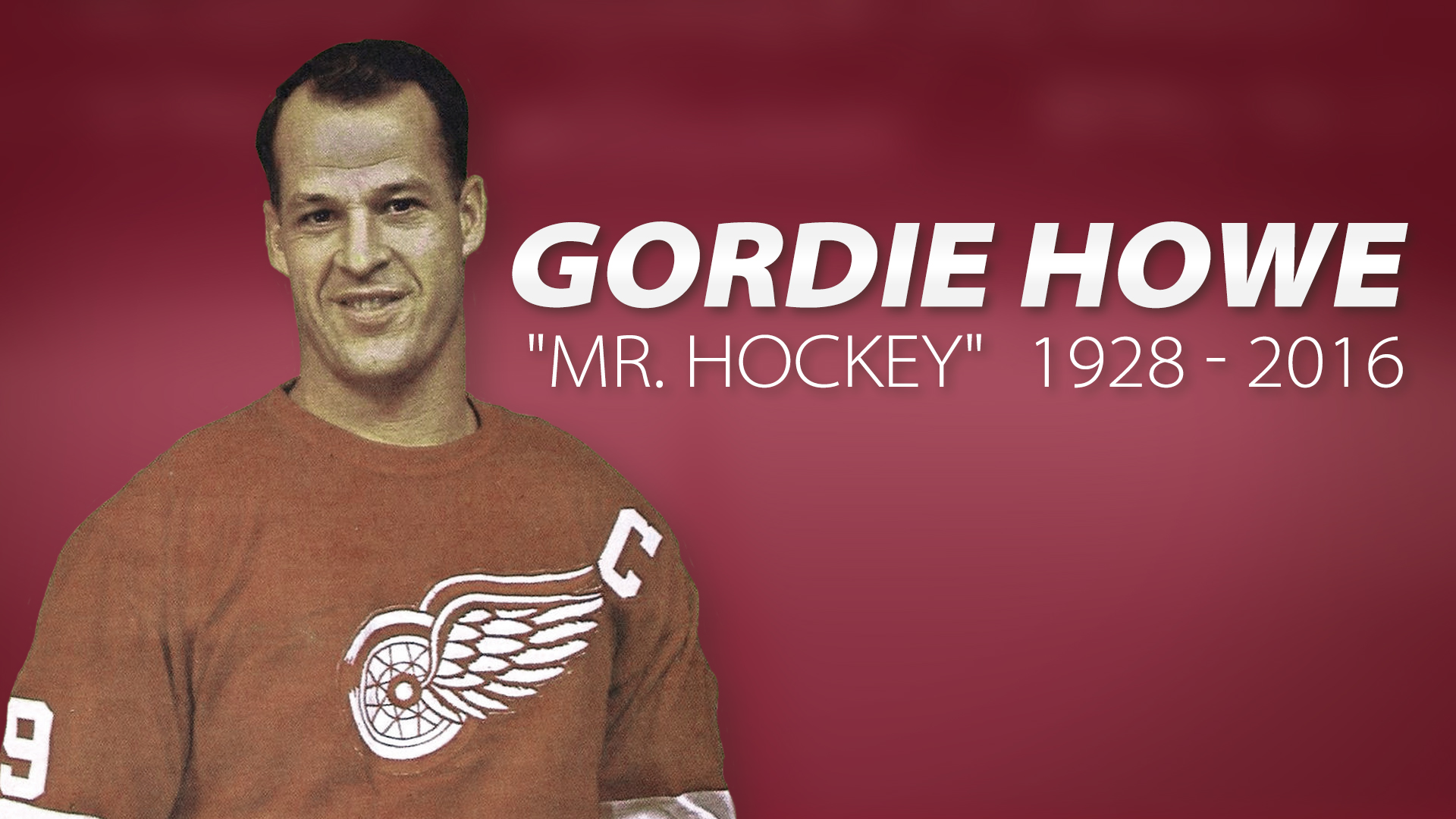
Heroes come and go. The lickety-split social media age we live in turns over heroes (and villains) at an alarming rate. Youngsters roll their eyes when their parents prattle on about the larger-than-life exploits of some forgotten name from the past.
Gordie Howe was never forgotten.
He will always been known as Mr. Hockey.
When the likes of Wayne Gretzky and Bobby Orr call you the greatest hockey player of all-time, and the Simpsons use your photo in an episode, there is no arguing with that title.
Howe entered the world on March 31st, 1928, born in Floral, Saskatchewan. Growing up in Saskatoon during the Great Depression, Howe began playing hockey at the age of 8, and almost immediately was known for his incredible strength.
By the time he was 15, the New York Rangers were interested in the 6 foot 1 right winger from the West, and invited him to training camp. They would spend the next three decades ruing the day things just didn’t work out between a young Gordie Howe and the Rangers.
The Detroit Red Wings recognized gold when they saw it, and signed Howe to a contract. By 1946-47, at the age of 18, and sporting number 17 on his back, Howe scored a goal in his first NHL game, the first of 801 times he’d light the lamp in the regular season.
Along the way, Howe changed over to his iconic Number 9, and amassed a body of work that few hockey players since have ever come close to matching. 1,767 games played…1,850 points…in addition to 160 points in 157 playoff games.
Four Stanley Cups during the Red Wings’ 1950’s dynasty, six Hart Trophies as the league’s top player, 6 Art Ross trophies as the leading scorer, 12 times on the first all-star team, 9 times on the second team; the accomplishments are still mind bogglingly impressive.
But it was the manner in which he accomplished all these impressive numbers that had people fall in love with Gordie Howe. He smashed and bashed his way through the league, known as much for his elbows as his touch around the net. Howe was the complete player, excelling in every aspect of the game.
As the key member of the Production Line, along with Ted Lindsey and Sid Abel, Howe became the most famous hockey player on the planet during his prime, and earned the begrudging respect of his adversaries in the NHL, such as Montreal’s Rocket Richard.
Howe survived a serious head injury early in his career, though he never wore a helmet during his 26 years in the NHL.
And Howe wasn’t done after retiring in 1971, and being inducted into the Hockey Hall of Fame a year later. The rival World Hockey Association got off the ground in 1972, and the following season, Gordie was back on skates with the Houston Aeroes, playing alongside his sons Mark and Marty. This was no publicity stunt, as the elder Howe racked up 100 points in his first season, and led the Aeroes to two consecutive Avco World Trophy championships, the WHA’s equivalent to the Stanley Cup.
The Howes would move on to the New England Whalers, and when four WHA teams were absorbed by the NHL in 1979, Gordie Howe was back in the NHL for one last season, posting totals of 15 goals and 41 points at the age of 52.
When talk inevitably turns to who is the greatest hockey player of all-time, Gordie Howe’s name will always be in that conversation. Hockey Hall of Famers Serge Savard & Brad Park joined Gord Stellick and Rob Simpson this morning in studio onSiriusXM NHL Network Radio to talk about the life of Gordie Howe and some playing moments against him.
The sports world was saddened to hear of the passing of Gordie today at the age of 88.
This post originally appeared on SiriusXM Canada and was penned by Mick Kern.
For a free 30-day trial, click here.

